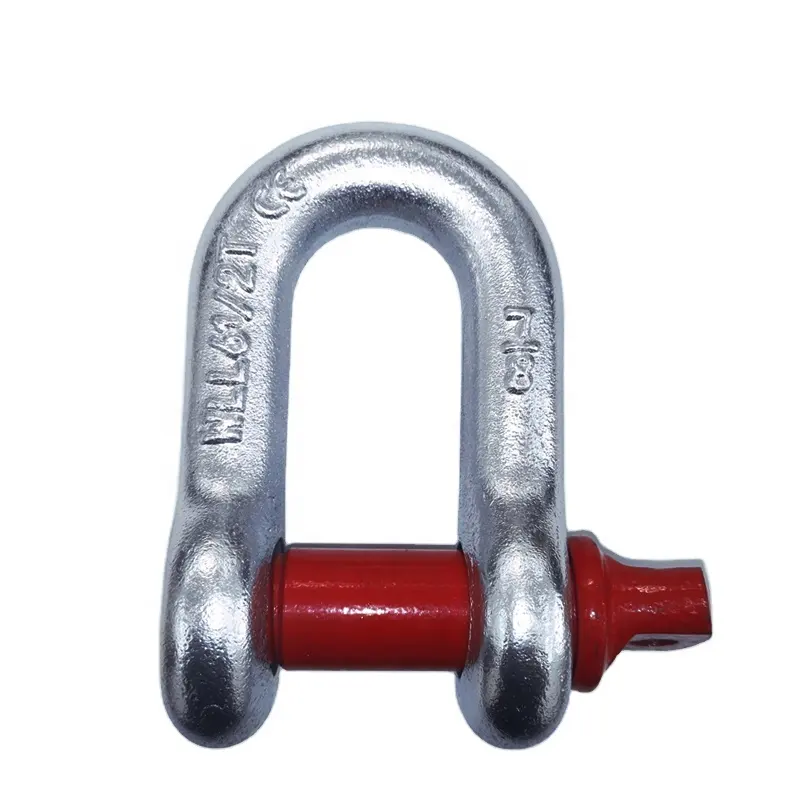News
Dic . 26, 2024 08:25 Back to list
sleeve and thimble maintenance and inspection guide for optimal performance
Sleeve Stop and Thimble Service Enhancing Performance and Reliability
In various industries, particularly those related to construction, machinery, and manufacturing, components such as sleeve stops and thimbles play a crucial role in ensuring the reliability and efficiency of operations. These components are part of larger mechanisms that facilitate the control and movement of materials, making their maintenance and servicing essential for optimal performance. In this article, we will explore the significance of sleeve stop and thimble service, the factors that affect their longevity, and best practices for maintenance.
Understanding Sleeve Stops and Thimbles
Sleeve stops, often located on lines or cables, are essential in controlling the movement and positioning of these elements. They serve as a physical barrier to prevent components from sliding out of place, ensuring safety and functionality. Meanwhile, thimbles are used to protect the looped ends of wire ropes, aiding in the distribution of loads and reducing wear and tear on the wire. Both components are pivotal in minimizing accidents, enhancing the lifespan of machinery, and ensuring that operations run smoothly.
Importance of Regular Maintenance
Regular maintenance of sleeve stops and thimbles is imperative to avoid costly repairs or replacements down the line. Over time, environmental factors such as corrosion, dirt accumulation, and wear can degrade these components, leading to operational failures. For instance, a worn-out sleeve stop may not effectively hold its position, resulting in slippage or detachment, which can pose serious safety risks.
Additionally, in industries reliant on synchronized movements, such as cranes or conveyor belts, any malfunction in sleeve stops or thimbles can lead to production halts, injured personnel, and significant financial losses. Therefore, a proactive approach to service and maintenance is not just beneficial but essential.
Best Practices for Sleeve Stop and Thimble Service
sleeve stop and thimble service

1. Regular Inspections Schedule periodic inspections of sleeve stops and thimbles. Look for signs of wear, rust, or damage. This should include a close examination of the cable or rope to which they are attached, as any degradation can affect component performance.
2. Cleaning Keeping these components clean is critical. Dirt and debris can lead to accelerated wear or cause components to jam. Use appropriate cleaning materials that won’t deteriorate the metal surface, and ensure that after cleaning, components are properly dried.
3. Lubrication Ensure that moving parts associated with sleeve stops and thimbles are adequately lubricated. Proper lubrication minimizes friction and wear, enhancing the service life of these components.
4. Replacement Protocols Implement a replacement protocol for components that show signs of significant wear. Using a proactive replacement strategy can prevent unexpected failures and ensure safety and reliability.
5. Training and Awareness Ensure that all personnel are trained in the proper handling, use, and identification of potential issues related to sleeve stops and thimbles. Raising awareness can empower workers to report problems before they escalate into larger issues.
6. Documentation and Record-Keeping Maintain detailed records of service schedules, inspections, replacements, and any maintenance work performed. This documentation can help identify patterns over time and guide future maintenance strategies.
Conclusion
The seamless operation of equipment in various industries heavily relies on the reliability of components like sleeve stops and thimbles. Through regular service, vigilant monitoring, and proactive maintenance, businesses can enhance not only the lifespan of these components but also the overall efficiency and safety of their operations. As technology advances, the methods and tools for maintaining these components continue to evolve, making it imperative for industry professionals to stay informed and adaptable. By prioritizing sleeve stop and thimble service, companies can secure their operational integrity and foster a culture of safety and reliability in their workplace.
